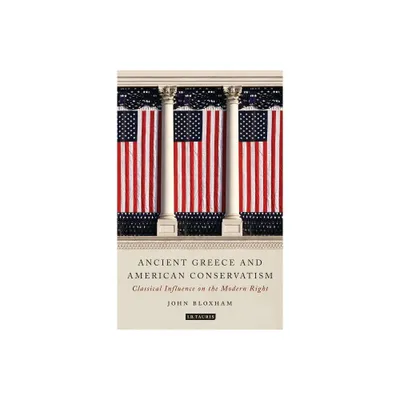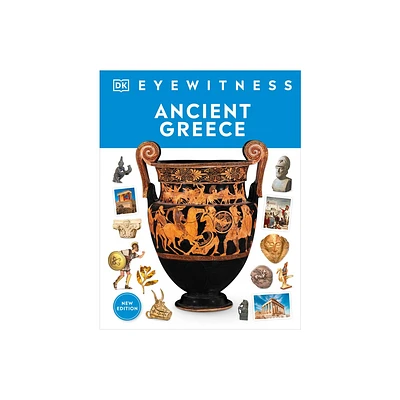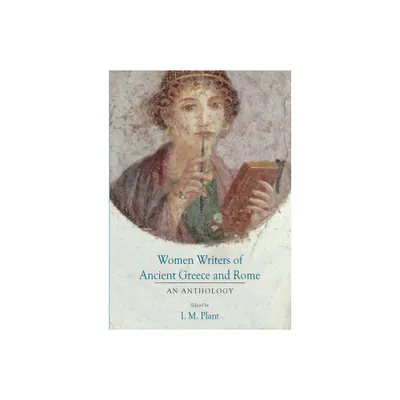Home
Eye and Art in Ancient Greece: Studies in Archaeoaesthetics
Loading Inventory...
Barnes and Noble
Eye and Art in Ancient Greece: Studies in Archaeoaesthetics
Current price: $132.00


Barnes and Noble
Eye and Art in Ancient Greece: Studies in Archaeoaesthetics
Current price: $132.00
Loading Inventory...
Size: OS
*Product Information may vary - to confirm product availability, pricing, and additional information please contact Barnes and Noble
Eye and Art in Ancient Greece
examines the art of ancient Greece through reconstructions of how the Greeks saw and understood the products of their own visual culture. The material is approached using a newly developed methodology of archaeoaesthetics by which past modes of vision and perception are examined in conjunction with prevailing notions of pleasure and judgement with the purpose of identifying the visual and psychological contexts within which the aesthetics of a culture emerge. Through a wide-ranging examination of ideas found in early written sources, the book examines various key aspects of Greek visual culture, such as continuity and change, nudity, identity, lifelikeness, mimesis, personation and enactment, symmetria, dance, harmony, and the modal representation of emotions, with the aim of comprehending how and why choices were made in the conception and making of artifacts. Special attention is given to factors contributing to the formation of taste and the emergence and transmission over time of concepts of art and beauty and the means by which they were identified and judged. The approach facilitates encounters with the material in ways that give rise to new insights into how the ancient Greeks experienced their own visual culture and how Greek art may be understood by us today.
examines the art of ancient Greece through reconstructions of how the Greeks saw and understood the products of their own visual culture. The material is approached using a newly developed methodology of archaeoaesthetics by which past modes of vision and perception are examined in conjunction with prevailing notions of pleasure and judgement with the purpose of identifying the visual and psychological contexts within which the aesthetics of a culture emerge. Through a wide-ranging examination of ideas found in early written sources, the book examines various key aspects of Greek visual culture, such as continuity and change, nudity, identity, lifelikeness, mimesis, personation and enactment, symmetria, dance, harmony, and the modal representation of emotions, with the aim of comprehending how and why choices were made in the conception and making of artifacts. Special attention is given to factors contributing to the formation of taste and the emergence and transmission over time of concepts of art and beauty and the means by which they were identified and judged. The approach facilitates encounters with the material in ways that give rise to new insights into how the ancient Greeks experienced their own visual culture and how Greek art may be understood by us today.


















